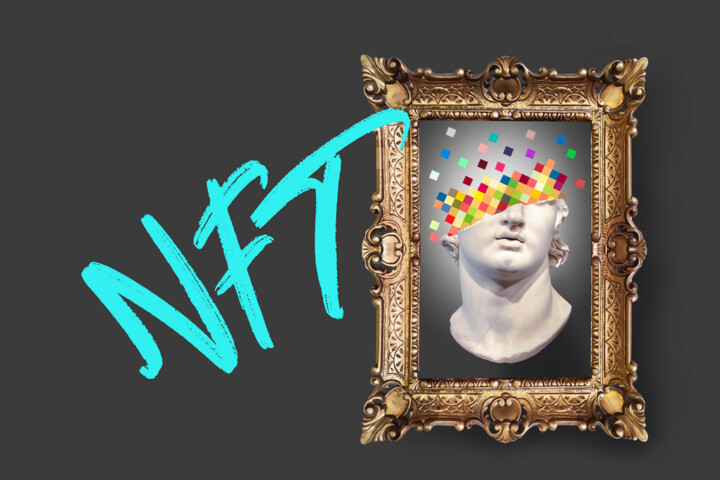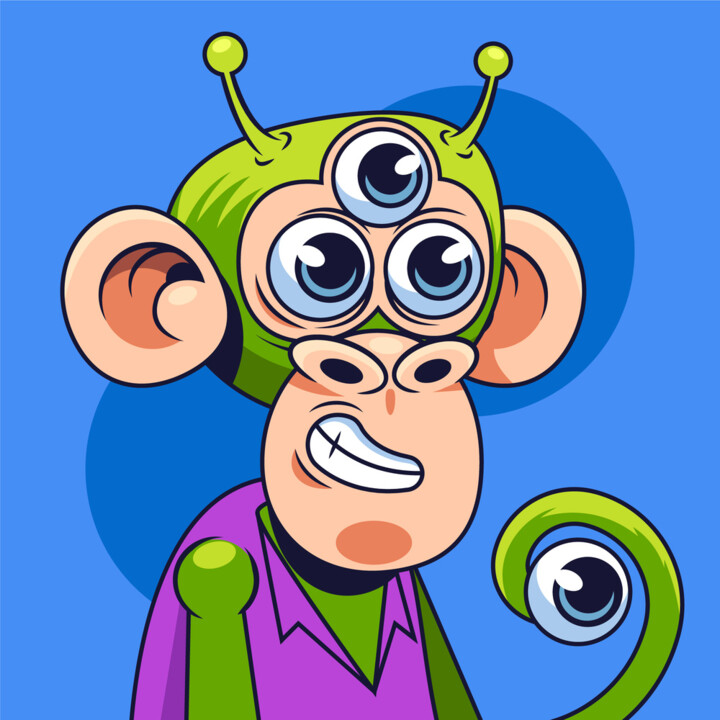
Every web3 project is also a Ponzi scheme
Matt Levine, a veteran finance reporter for Bloomberg, wrote a 40,000-word story about cryptocurrency on Tuesday. In the piece, Levine makes fun of NFTs and most of the crypto space by comparing them to Ponzi schemes. Levine wrote, "The wrong way to say this is that every web3 project is a Ponzi scheme at the same time." He said that most tokens are bought with the intention of selling them to others for more money. "Why do you think that someone else will buy the tokens? Do you think it's because they like the product? Or is it because you think they want to sell to a bigger sucker to get rich? What's the end of that?"
NFTs pose obvious problems, related to technology and law
When Levine wrote about NFTs in the larger Web3 context, he made a few points that showed why he thought NFTs were basically worthless. He said that the NFT is technologically weak, that the legal basis for NFT ownership in terms of intellectual property is thin, and that most of the art that NFTs represent is just "zombies and kitties." There are some obvious problems with NFTs that have to do with technology and the law. Levine's main point was that "the art doesn't live on the blockchain," as he put it. "If you buy an NFT, you own a note on the blockchain that says you own a pointer to some web server. There's probably a picture of a monkey on that web server, but that has nothing to do with the blockchain. There are some NFTs where the art is stored on the blockchain as the NFTs are made on the generative art platform Art Blocks. However, most NFTs are not like this.

NFT is just a work of art that can be seen online
Kelani Nichole, who has run the digital art gallery Transfer since 2013, told explained last year that she was frustrated that most people didn't know this. Nichole said, "The NFT is just one piece of art that can be seen online. It's for the public and it's a receipt." "However, you have to get the whole archival package to really own the work." Her point? To own and take care of a digital work of art, you need to do more than buy a token.

NFTs are not accepted as proof of ownership in court
Levine didn't say that artists don't always get the royalties that NFTs are supposed to guarantee because different NFT marketplaces write different smart contracts that can't be processed when an NFT is sold across platforms. Even worse is the situation when it comes to the law. "The technological and legal connections between blockchain, JPEG, and ownership are not very strong," writes Levine. He goes on to say that these connections are only enforced by culture.” Last year, intellectual property rights lawyer Jeff Gluck told, "You can't walk into a courtroom and say, 'I put this on the blockchain, so I can enforce my rights,' because that's not accepted as proof of ownership." Copyright is something that is known. But what happens if an NFT can't be protected by copyright? Dr. Andres Guadamuz, a leading expert on the intersections of intellectual property rights and the growing field of crypto law, thinks that most profile-pic NFT collections (like Bored Ape Yacht Club, which has a series of about 10,000 generated images) probably don't qualify for copyright protection under current originality and creativity standards.

But NFTs make it possible to enhance the work of the digital art scene
What Levine didn't quite get right was his insistence that NFTs were nothing but large PFP collections of zombies and kittens used to scam people out of money. NFTs have their roots in the early digital art scene when it was hard for artists to sell their work and get paid for it. Kevin McCoy, who was one of the first people to come up with NFTs, told, "We've seen our world change into a kind of network digital reality where creative media is so important, but until this technology was made, there was no way to really value that directly." "The way I see it, this gold rush or whatever we want to call it is a leveling out or re-balancing that is bringing some of the value that has always been there closer to the creative communities that have been providing it." But McCoy was also aware of the bad behavior and tone of the community. He said that the only way NFTs could be used in a sustainable way is if people were willing to change the space for the better, which is something that many fine arts and digital art collectors are very passionate about.


 Selena Mattei
Selena Mattei